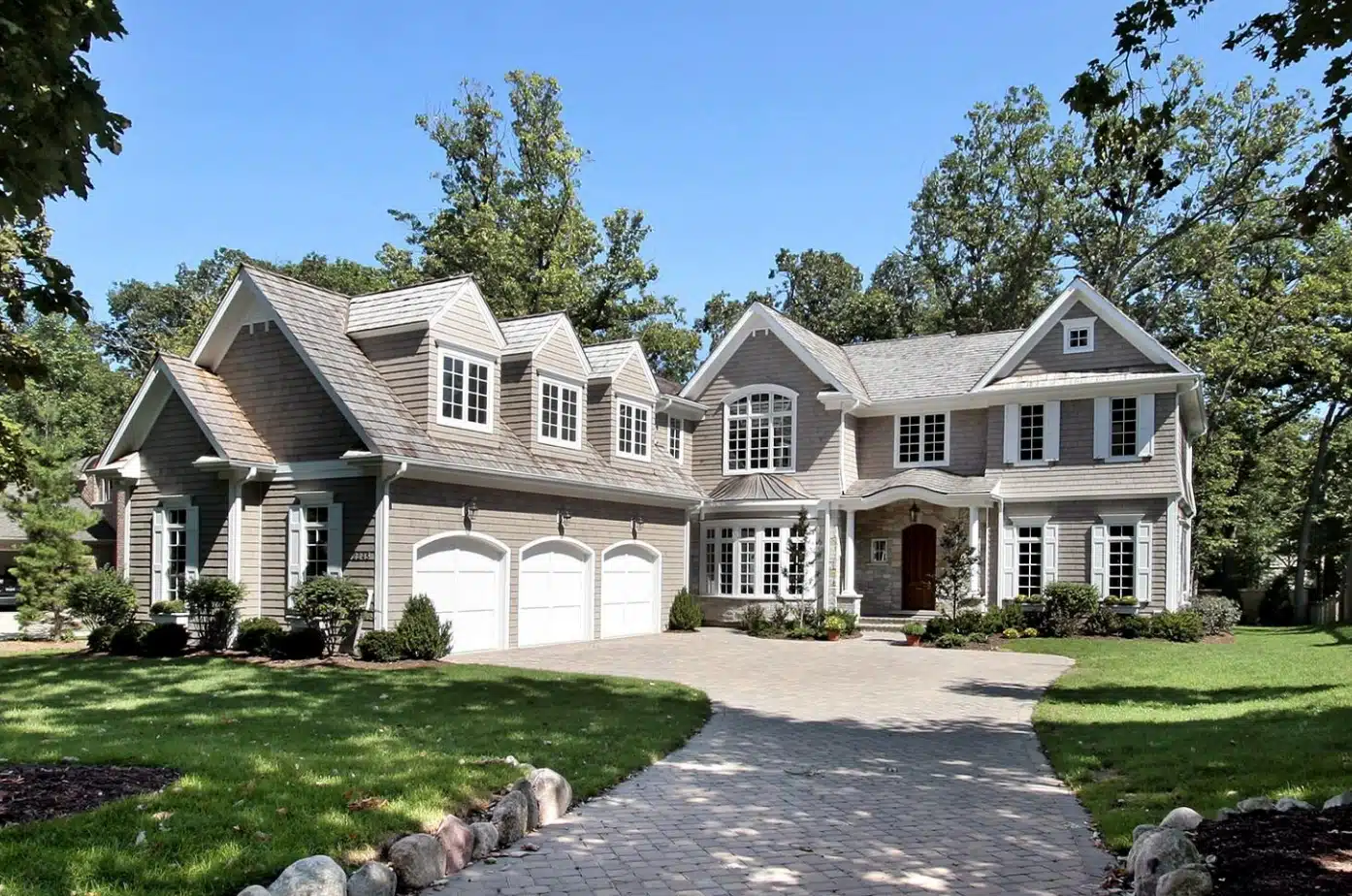
A well-maintained roof is essential for the longevity and protection of your home. Neglecting roof maintenance can lead to costly …
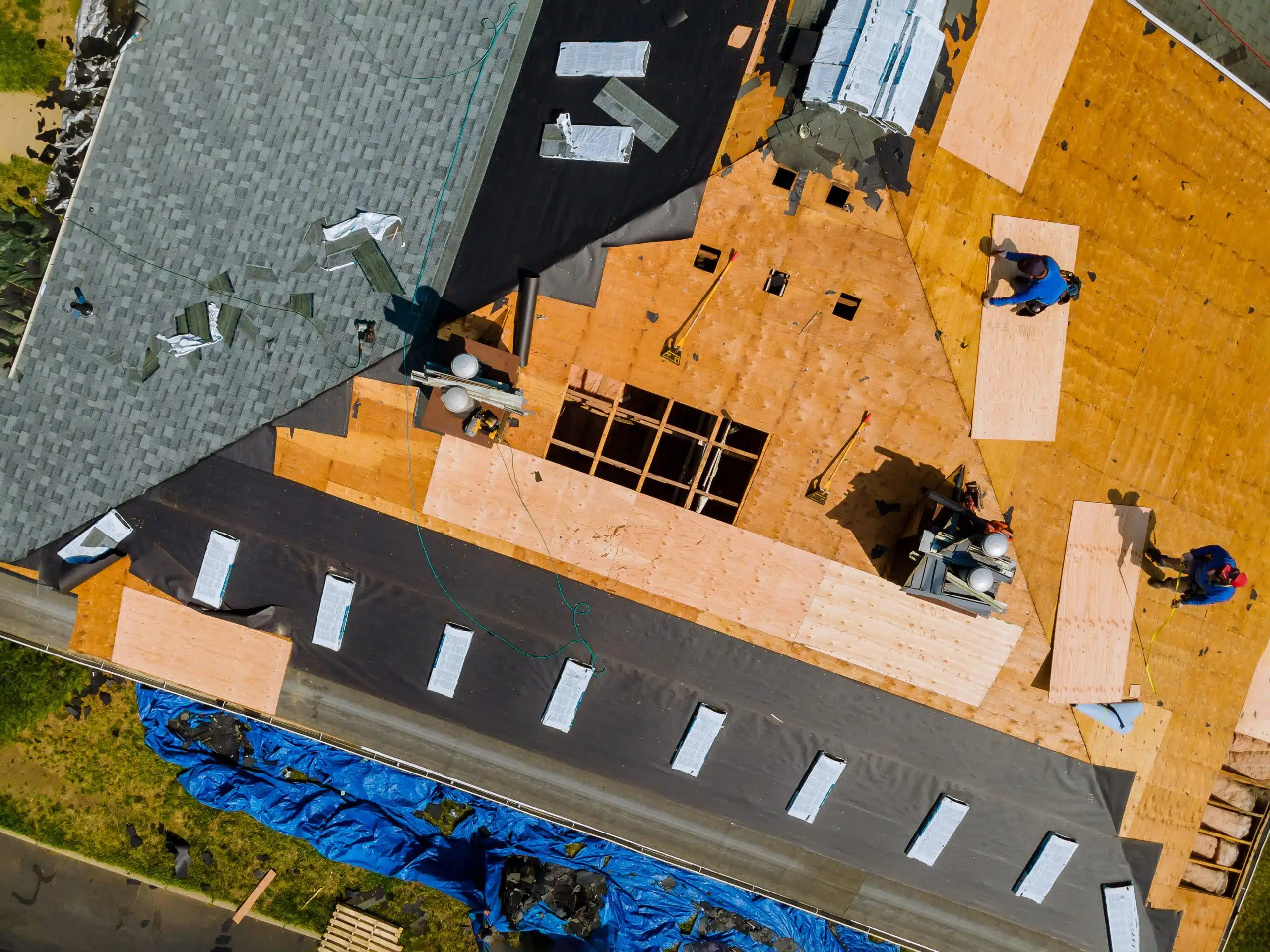
Replacing a roof is an important investment for any homeowner or business owner. If damages have been found, more than likely you want the roof replaced as fast as possible. However, the process involves several steps, including choosing the right type of roof, inspecting the existing roof, and finally, the installation itself. Let’s talk about how long it truly takes to replace a roof.
When it comes to roof replacement, it is important to consider the specific needs and characteristics of the building. The type of roof needed will depend on whether it is for a commercial or residential structure. This is because each type of building has different requirements and considerations for its roofing systems.
For commercial buildings, flat roofs or low-slope roofs are commonly utilized. These types of roofs provide functionality and cost-effectiveness, making them ideal for large commercial spaces. Flat roofs have a minimal slope, allowing for easier installation of HVAC equipment, solar panels, or other rooftop installations. They also provide additional space for storage or recreational activities. Low-slope roofs, on the other hand, have a slightly steeper pitch than flat roofs, offering better water drainage and preventing water pooling.
One of the main advantages of flat roofs and low-slope roofs for commercial buildings is their ability to accommodate larger surface areas and provide a more streamlined appearance. This makes them suitable for warehouses, factories, office buildings, and retail spaces. Additionally, these types of roofs often come with durable waterproofing membranes and insulation, ensuring energy efficiency and protection against the elements.
On the other hand, residential buildings often feature pitched roofs, which offer both aesthetic appeal and better water drainage. Pitched roofs have a steeper slope, allowing rainwater, snow, and debris to easily slide off. This helps prevent water pooling and potential leaks. Pitched roofs also provide additional attic space, which can be utilized for storage or converted into living areas.
In addition to their functional benefits, pitched roofs also enhance the overall appearance of residential structures. They are available in various styles, such as gable, hip, or mansard roofs, offering architectural versatility and curb appeal. Homeowners often have a wide range of roofing materials to choose from, including asphalt shingles, metal, wood shakes, or tiles, allowing for customization based on their preferences and budget.
It is essential to consider the specific requirements of a commercial or residential building when deciding on the type of roof replacement. By selecting the appropriate roof, property owners can ensure that their building is effectively protected from the elements while also meeting functional and aesthetic needs. Consulting with StormGuard roofing professionals can help determine the best roofing solution for each particular building type, ensuring a successful and long-lasting roof replacement.
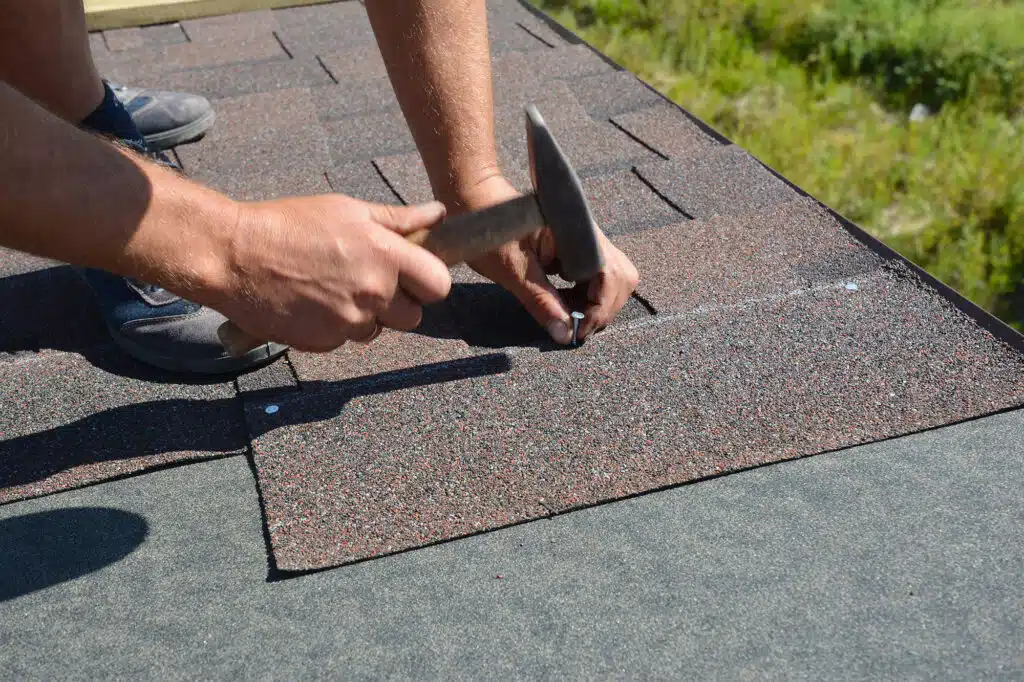
Before starting any roof replacement project, it is crucial to conduct a thorough inspection of the existing roof. This inspection is essential to assess the condition of the roof and identify any underlying issues that need to be addressed before proceeding with the installation process.
During the inspection, roofing professionals will carefully examine the roof for signs of damage, deterioration, or wear and tear. They will check for missing or damaged shingles, cracked or curled shingles, leaks, or any other visible signs of problems. In addition to the roofing materials, professionals will also assess the overall structural integrity of the roof, including its support system and underlying structure.
By identifying and documenting any existing issues, the inspection helps create a comprehensive plan for the roof replacement project. Storm Guard roofing professionals will determine if a full roof replacement is necessary or if repairs can be sufficient to address the problems. They will consider factors such as the extent of the damage, the age of the roof, and the cost-effectiveness of repairs versus replacement.
If extensive damage or multiple underlying issues are discovered during the inspection, a full roof replacement may be recommended. This ensures that all compromised or weak areas are completely addressed and guarantees the installation of a new, durable roof. However, if the damage is localized or limited to certain areas, repairs may be considered a viable option, saving time and cost.
The inspection process allows for a comprehensive evaluation of the roof’s condition, providing valuable insight into potential problems and guiding the decision-making process. It helps ensure that the roof replacement project is approached with a detailed plan, taking into account the specific needs and requirements of the existing roof.
The duration of a roof replacement project can vary depending on several factors, such as the size and complexity of the roof design, the type of building, and weather conditions. It is important to have a general understanding of how long it may take to complete a roof replacement project to plan and prepare accordingly.
In general, the replacement of a residential roof can be completed within a week. However, the duration of the project can vary based on the specific details of the roof. For example, larger roofs or those with complex designs, such as multiple dormers or valleys, may require more time to replace.
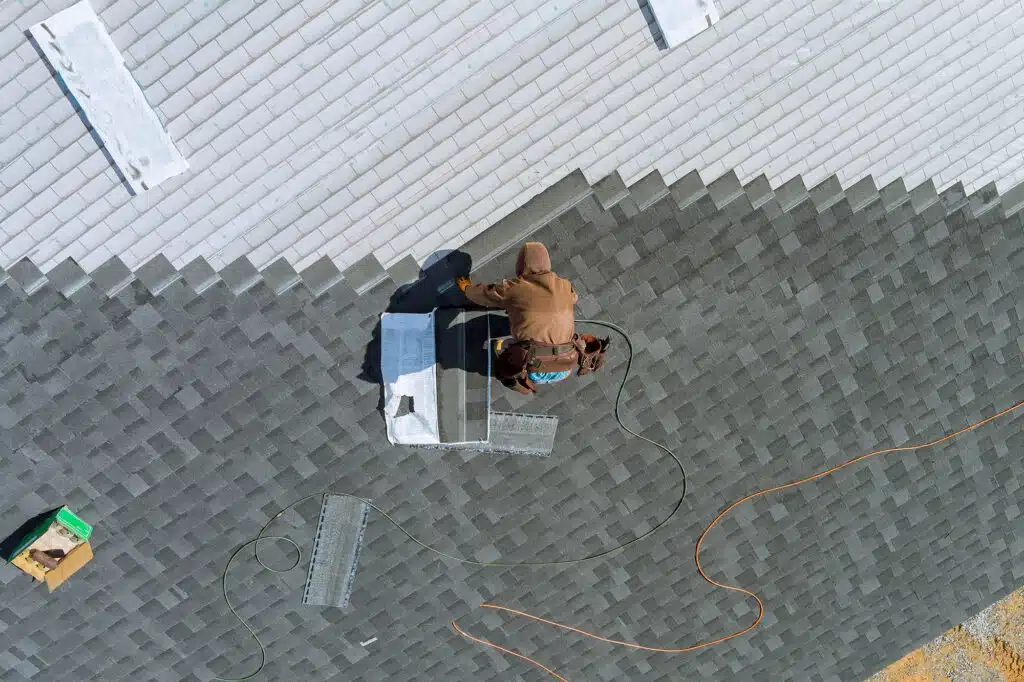
Several factors can lead to delays in the roof replacement process. Storm Guard highlights some common reasons:
1. Weather Conditions: Inclement weather, such as heavy rain, storms, or extreme heat, can hinder the progress of roof installation. Safety precautions are crucial, and work may have to be temporarily suspended until weather conditions improve.
2. Material Availability: In some cases, specific roofing materials may be in high demand or experience delays in manufacturing or shipping. This can result in project delays as contractors wait for the necessary materials to become available.
3. Unexpected Structural Issues: During the inspection process or the removal of the existing roof, underlying structural issues may be discovered. Addressing these issues before proceeding with the installation is essential but can extend the overall timeline.
4. Permitting and Approval Processes: Depending on local regulations, obtaining the necessary permits and approvals may require time. It is important to factor in the time needed for this process to avoid any unnecessary delays.
Replacing a roof is a complex process that requires careful consideration and planning. While the duration of a roof replacement project can vary based on several factors, it is crucial to work with StormGuard professionals who can provide an accurate estimate based on the specific project requirements. By choosing the right type of roof, conducting a thorough inspection, and being aware of potential delays, homeowners and business owners can ensure a successful roof replacement that will protect and enhance their property for years to come.
Sources: Storm Guard Roofing & Construction. (n.d.). Retrieved from https://www.stormguardrc.com/

A well-maintained roof is essential for the longevity and protection of your home. Neglecting roof maintenance can lead to costly …
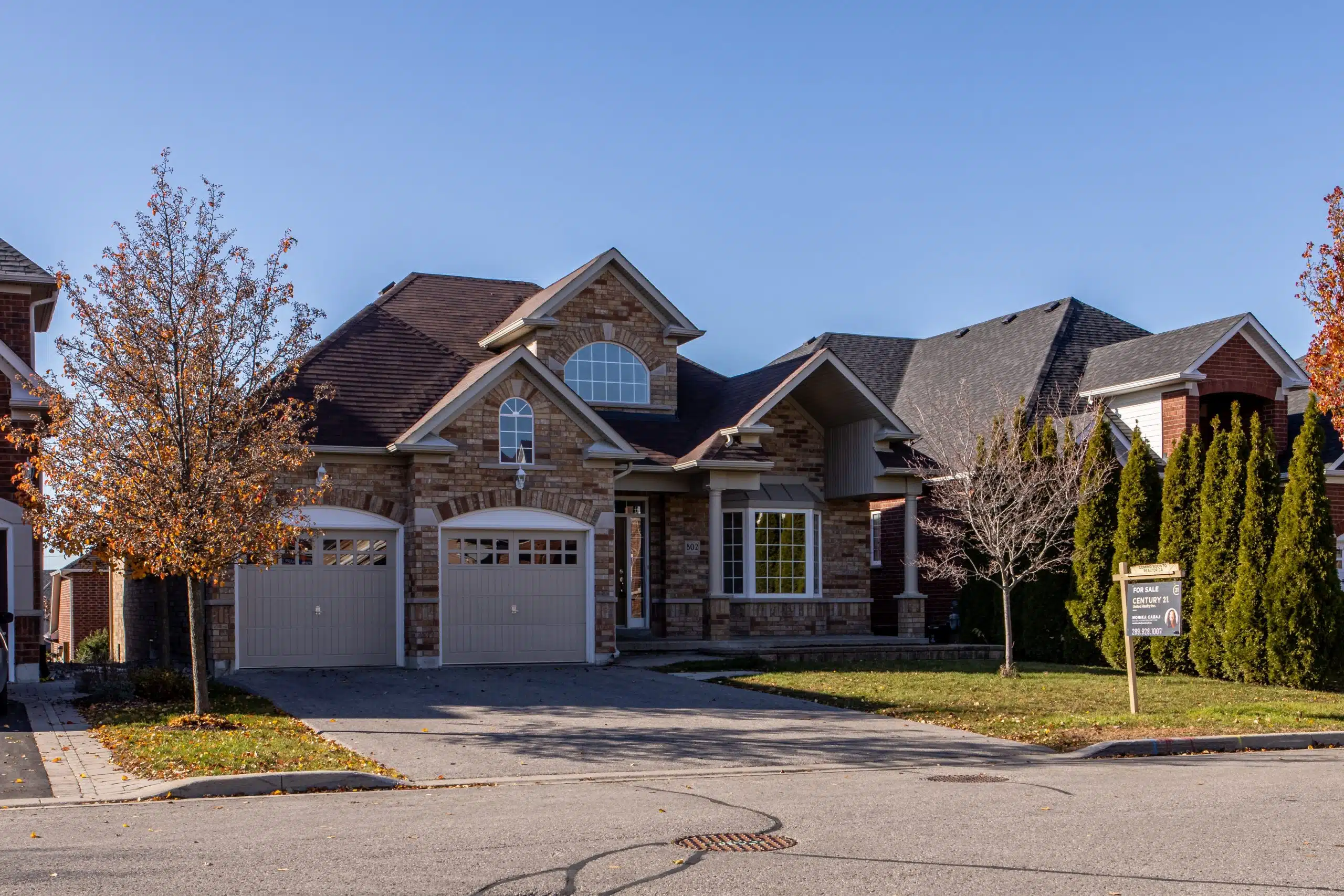
Deciding to sell your home can come with a laundry list of to-dos before you can even put the house …
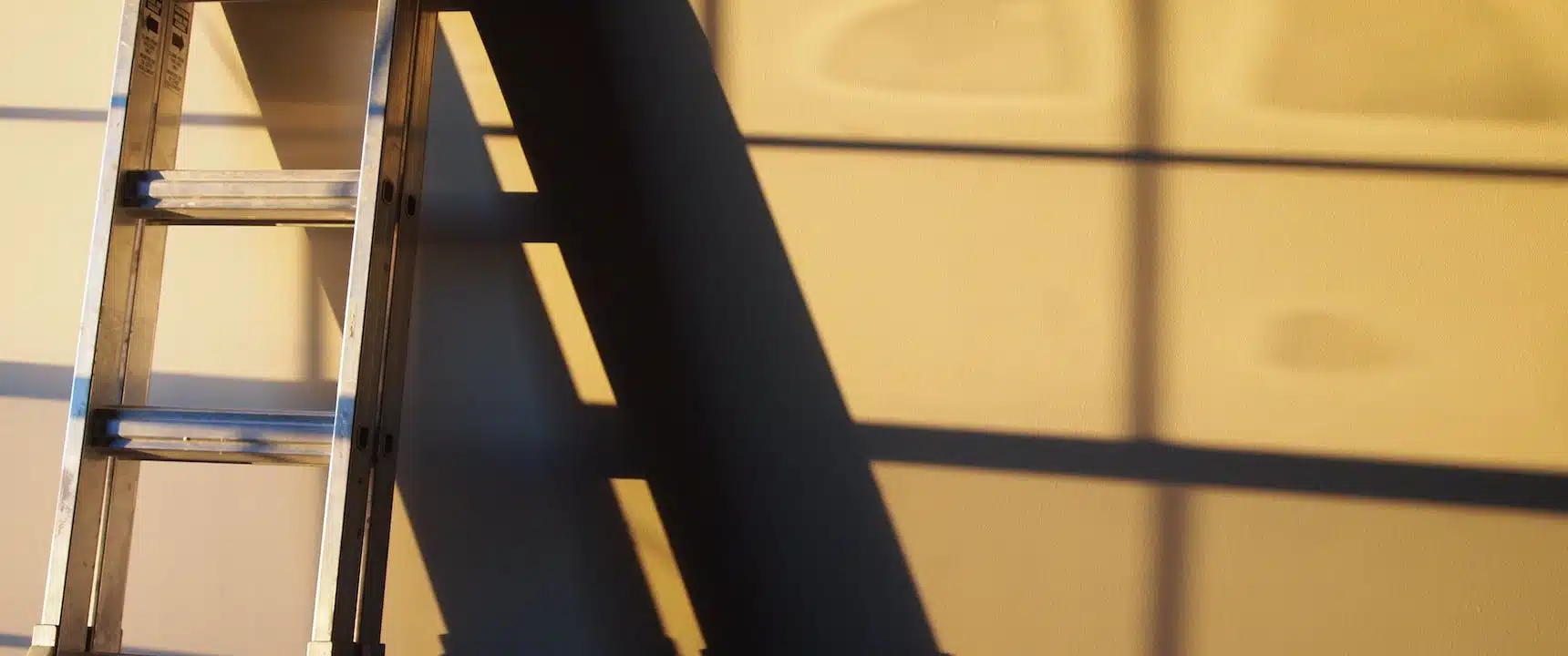
New roof or old, getting up there to inspect your roof is an important practice you should be doing at least once …
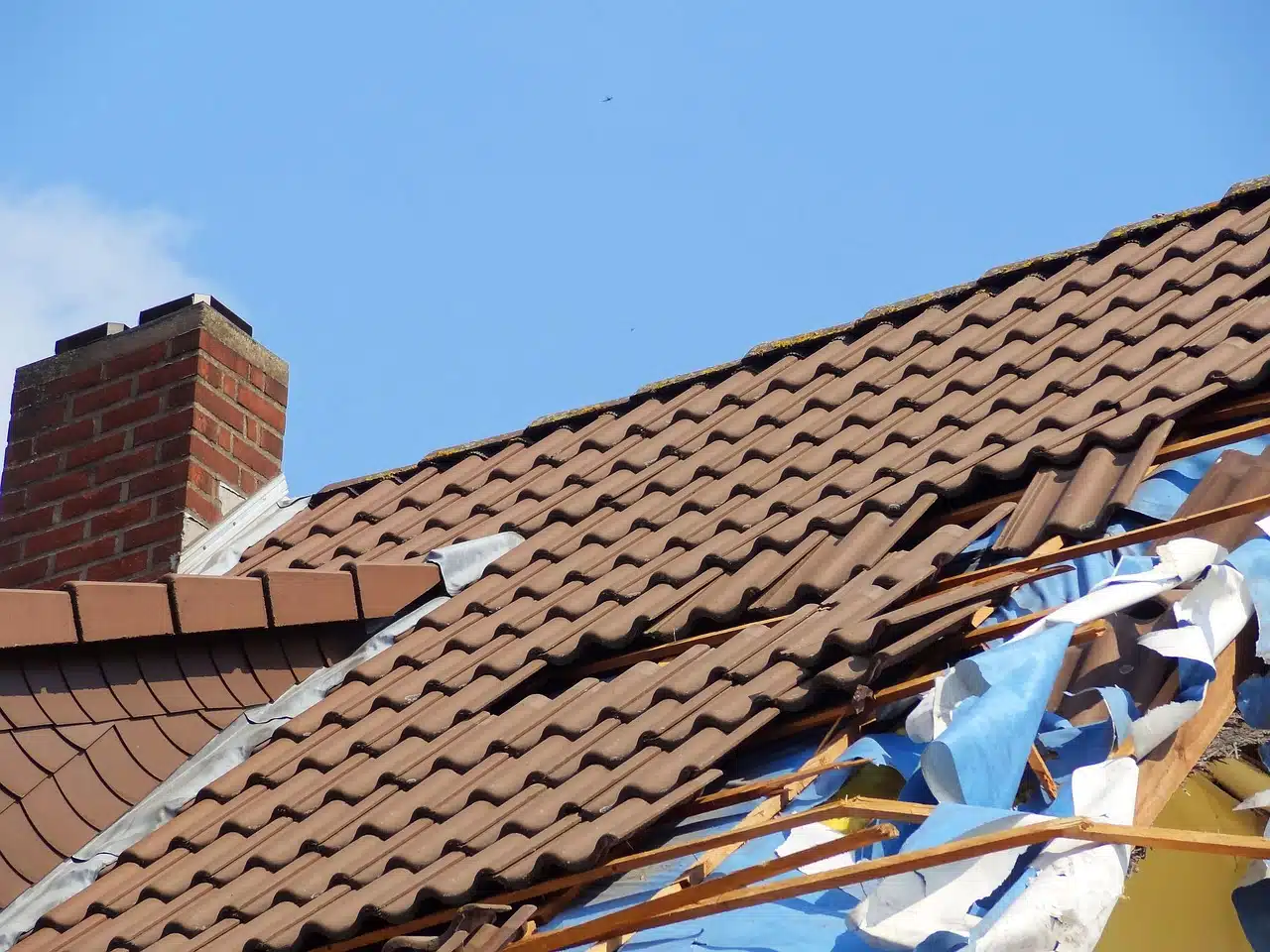
Your roof not only protects you but your entire home from every element of the earth. But unfortunately, bad weather …
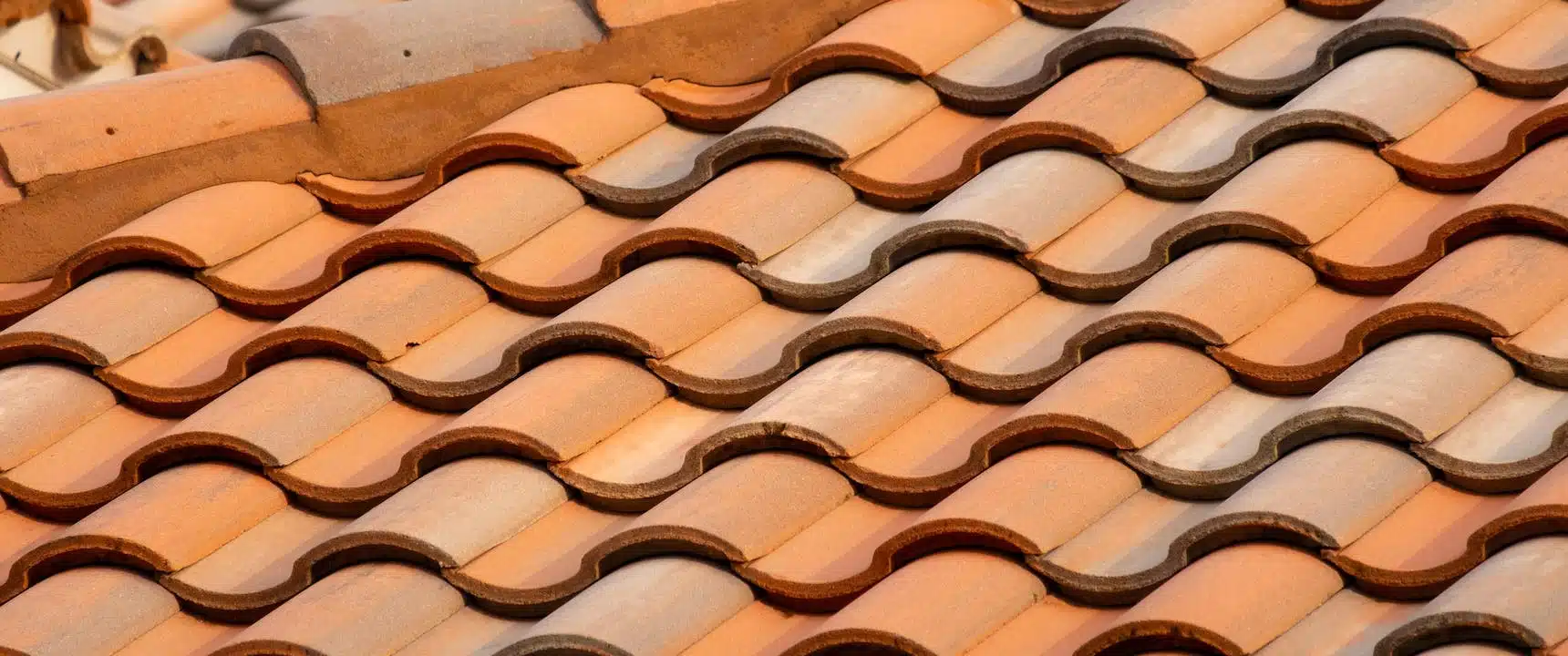
The aesthetic of clay roofing tiles is hard to beat. They add instant charm to any home. More than just …

A roof leak is never a welcomed expense, so when you’re faced with a repair situation, you want to know …